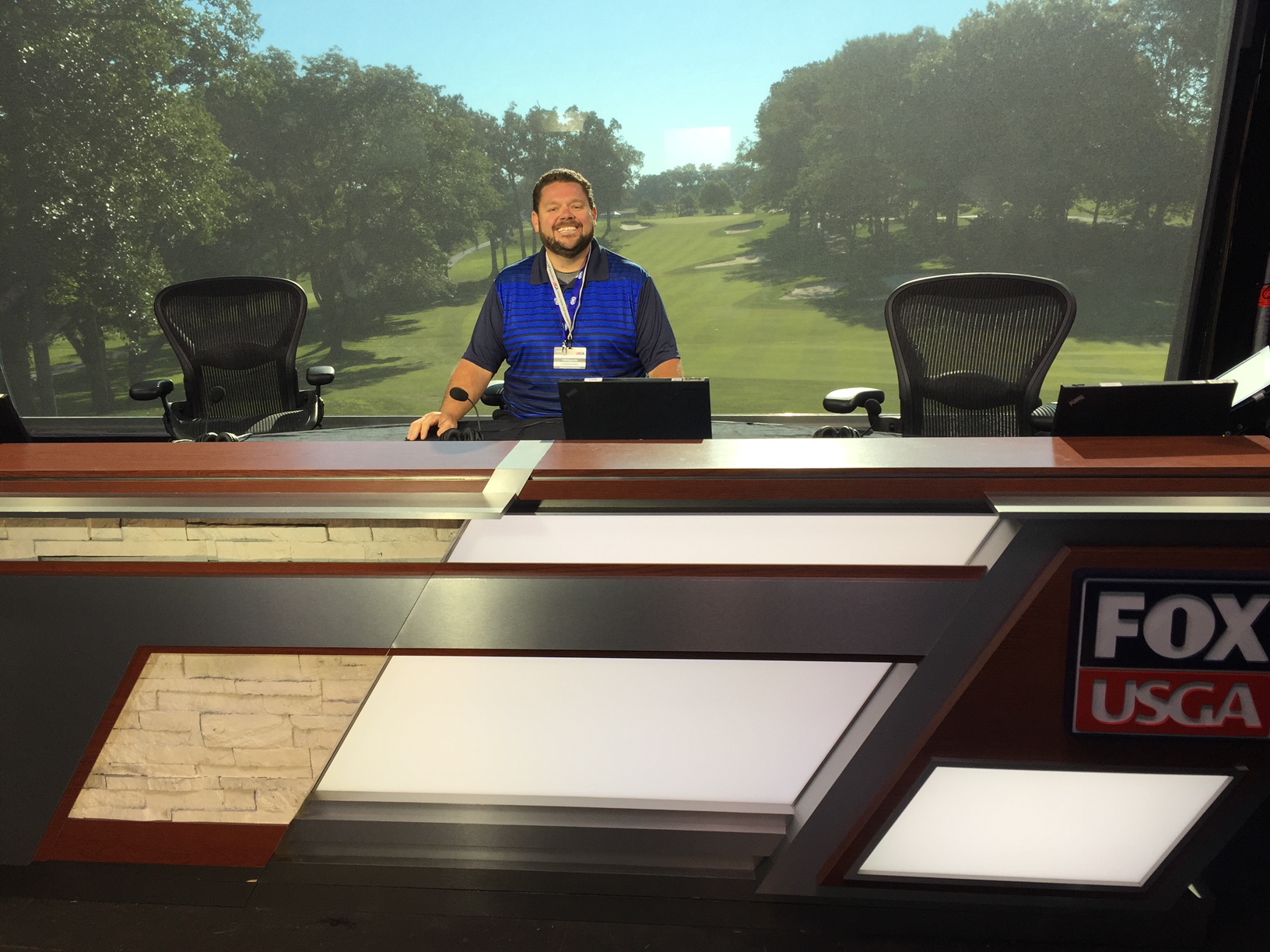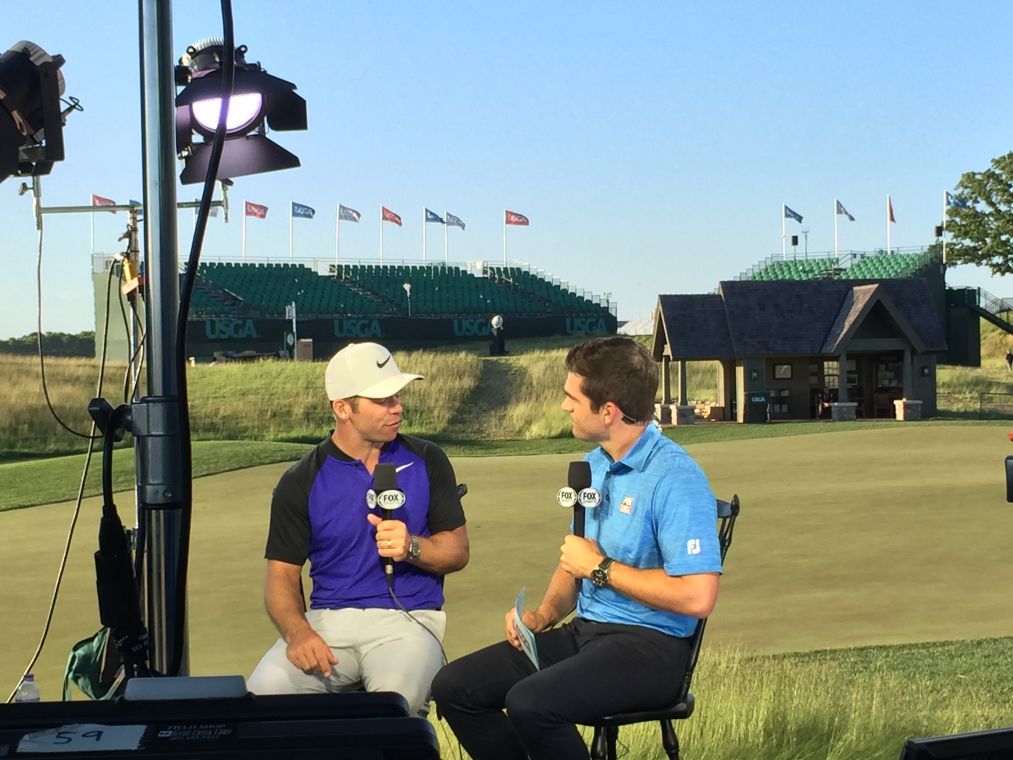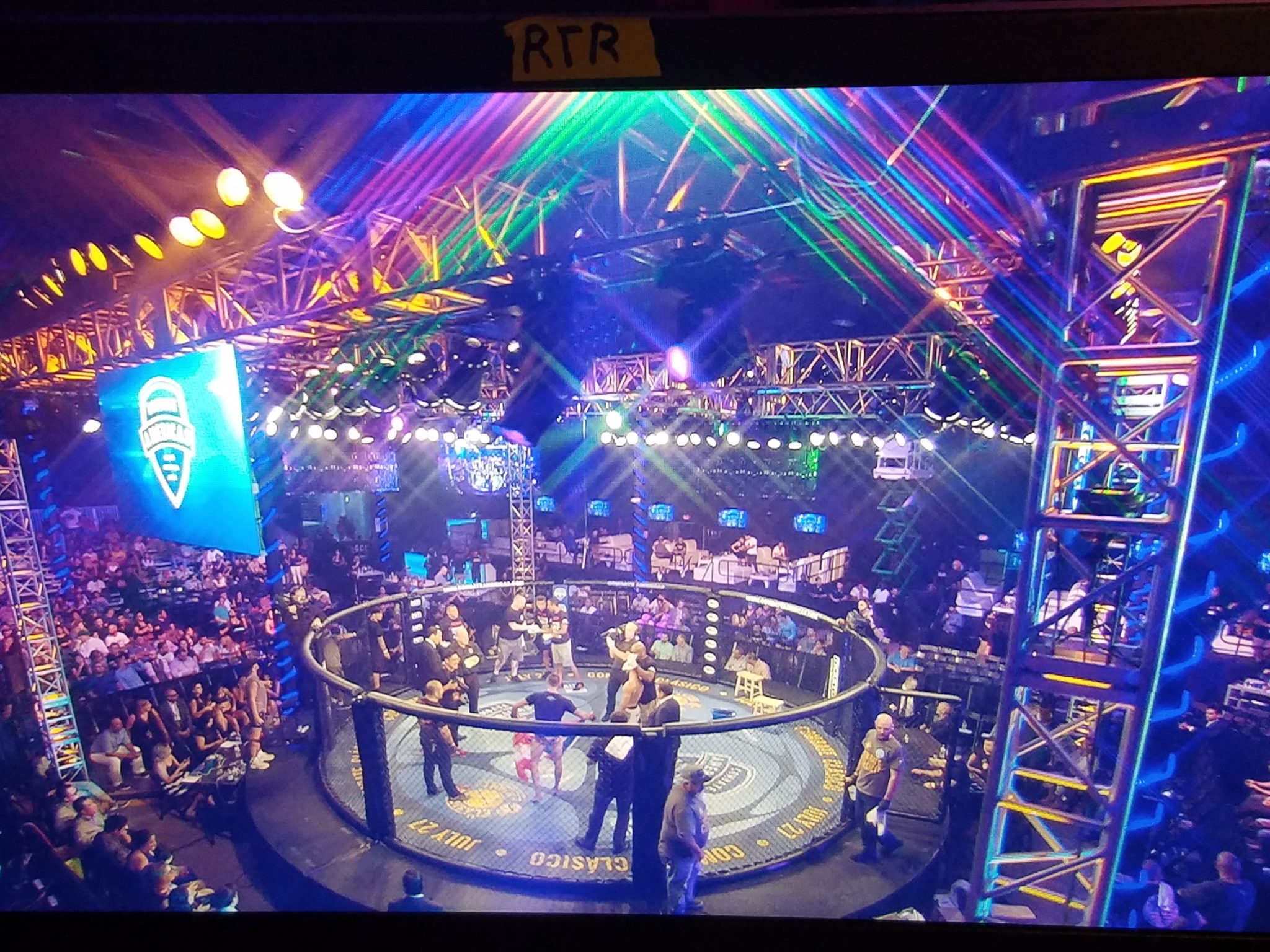Modern lighting for TV sets has come a long way from the Golden Age of Television of the 1950s. Today’s lighting use innovative LED lighting, technologically advanced cameras, and almost everything is operated by highly advanced computer systems.
TVs of the1800s were rudimentary appliances that more closely resembled an overhead projector. The first electric TV wasn’t invented until 1927 and even as late as 1947, few households could afford one. The first TV station was W3XK and it aired its first broadcast on July 2, 1928, but it wouldn’t be until 1938 when TVs were produced for home use.
The lighting during early broadcasts was bulky and cumbersome to set up, extremely hot to work under, and resulted in images that looked dull, flat and grainy. Part of that appearance was due to the flat lighting system that was in use. It created illumination that required less lighting, fewer pieces of equipment, and was designed to save money.
Another element that affected lighting and image quality was the cameras used. The entire industry was breaking new ground and it was expensive to deliver a broadcast. Artificial lighting hadn’t been widely adopted as it had been in the cinema and still photography. Studios relied primarily on natural sunlight for illumination.
Arc lights and mercury vapor lights were the primary types of studio lighting that was used for indoor sets. Incandescent lights were later introduced in conjunction with the other two. The newsreels of the war in the 1940s broke new ground by using photofloods and it was adopted in studios.
The bright illumination of an entire set was still the preferred method. It was Desi Arnaz, husband of Lucille Ball, who helped change illumination methods. Arnaz had vision and understood the lighting techniques used in cinema. He pressured studio executives to bring Oscar-winning cinematographer, Karl Freund, on the set to create the illumination for the hit TV show “I Love Lucy.”
It wasn’t until broadcast studios began emulating the lighting and camera techniques used in cinema that images began to change for TV viewers. Broadcast TV was simply shades of black, white and gray, which further added to the flat, grainy look of early TV images.
The first color TV broadcast was aired by CBS on June 25, 1951. It required different lighting techniques and camera angles that eventually evolved into the LED illumination, advanced cameras, and computer-controlled lighting that results in images that makes viewers feel as if they’re in the studio.




